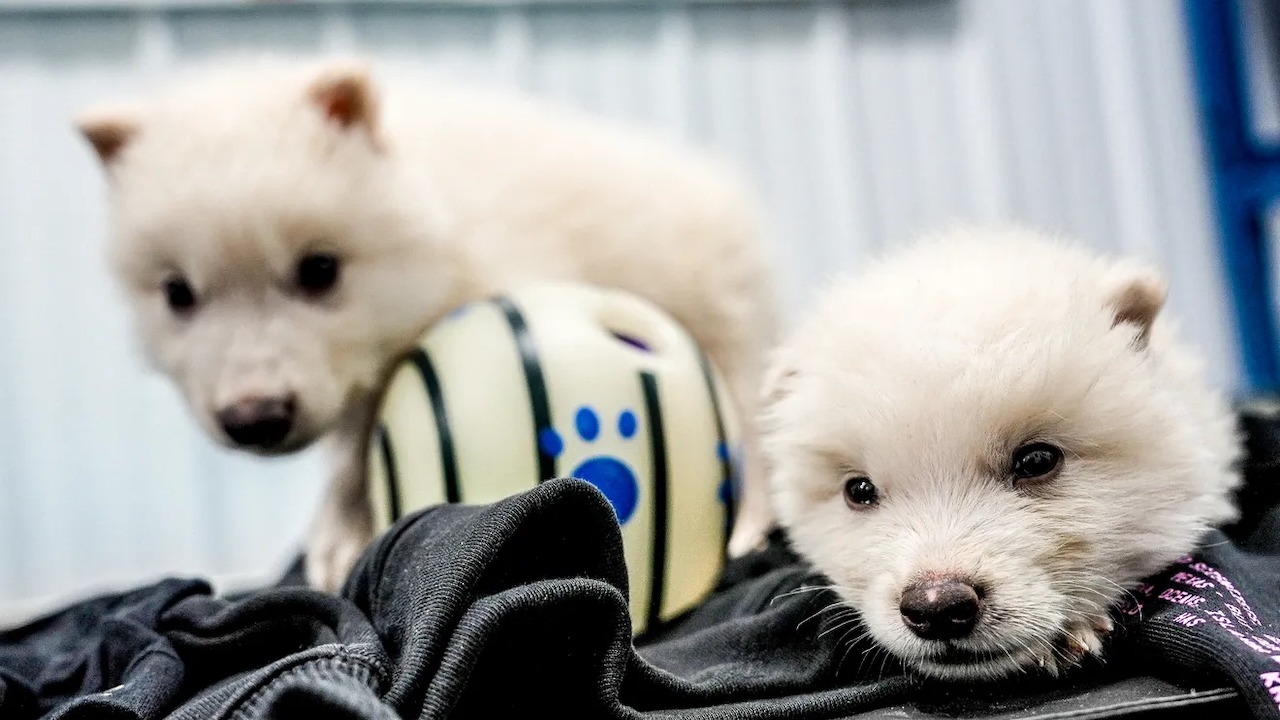Should We Bring Back the Dire Wolf?
The Pros and Cons of DNA Writing and Cloning
If you’ve ever watched Game of Thrones or strolled through a natural history museum, you’ve probably heard of the Dire Wolf. Real Dire Wolves roamed North America thousands of years ago, hunting in packs and standing larger than today’s gray wolves. Sadly, they went extinct around 10,000 years ago—but now, thanks to advances in genetic engineering and cloning, scientists are asking: Should we bring them back? Let’s talk about what that even means—and what’s at stake.
The Science Behind the Resurrection of the Dire Wolf
Now, we’re not talking about some Jurassic Park scenario (though the comparisons are hard to avoid). This isn’t about finding a perfectly preserved Dire Wolf in ice and cloning it. Instead, scientists are using DNA writing—basically, editing genetic code—to reconstruct the Dire Wolf’s genome using fragments from fossils and filling in the gaps with modern relatives like the gray wolf.
Once that DNA is written and inserted into a viable egg (possibly from a surrogate animal like a large wolf or even a dog), the process becomes similar to cloning, the same way Dolly the sheep was created in 1996. It’s both awesome and kind of terrifying.
The Pros of Bringing Back the Dire Wolf
🧬 1. Scientific Discovery – This process teaches us more about genetics, evolution, and extinct ecosystems. It’s like decoding ancient software and seeing how the code runs in the modern world.
🌱 2. Restoring Lost Ecosystems – Some scientists argue that reintroducing extinct species could help rebalance ecosystems that lost key predators. Dire Wolves could help keep populations of deer and other grazers in check—at least in theory.
🧠 3. Tech That Helps the Living – The tools developed to bring back extinct species—like precise DNA editing—could also help preserve endangered species today or even treat human diseases in the future.
The Cons of Playing God
⚖️ 1. Ethical Headaches – Should we resurrect a species that nature already let go? Is it humane to bring back a creature into a world where it no longer fits? These are not small questions.
🌍 2. Ecological Disruption – Inserting a predator like the Dire Wolf back into modern ecosystems could have unintended consequences. What if they decimate local wildlife or spread disease? What if something goes wrong and it mutates?
💰 3. Resource Drain – These experiments cost serious money. Should we invest millions in bringing back extinct species while others are on the brink right now?
So… Should We Bring back a species like the Dire Wolf?
Now that they did it, then I think the real question isn’t just can we—but why should we? Should we use the tech and science that we have to do this?
As a tech guy and a person of faith, I see both promise and caution in this kind of work. Humanity is gaining the ability to rewrite life—literally. That’s a tool that could bring healing or chaos. It’s like fire: useful, powerful, and dangerous if misused.
The Dire Wolf might symbolize more than just a lost species—it could be a test of how we handle power that once belonged only to God and nature. Couldn’t God have saved it if it is supposed to still be living on earth? Isn’t the fact that the species couldn’t evolved enough to survive on it’s own be a sign to us?
Let’s Keep the Conversation Going
What do you think? Is bringing back the Dire Wolf a triumph of science—or a step too far? Drop your thoughts in the comments below or hit me up on social. I’d love to know where you land on this wild ride of science, ethics, and extinct predators.







